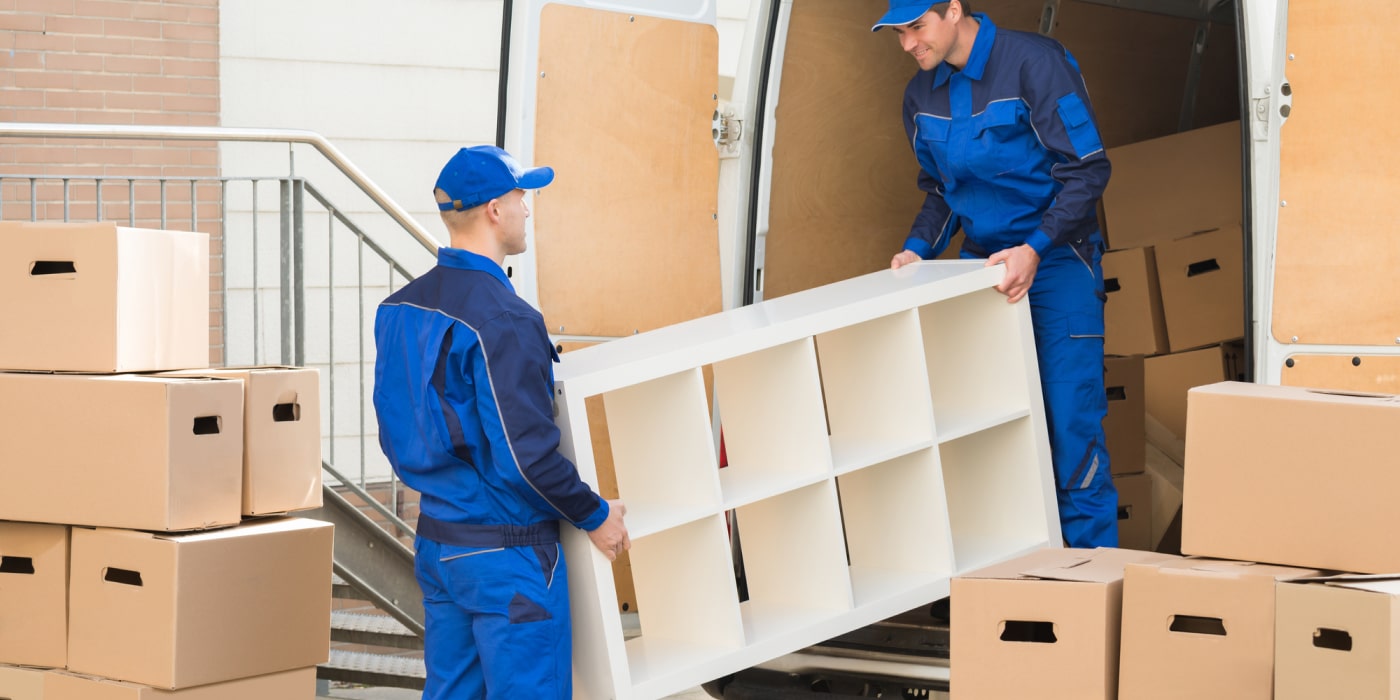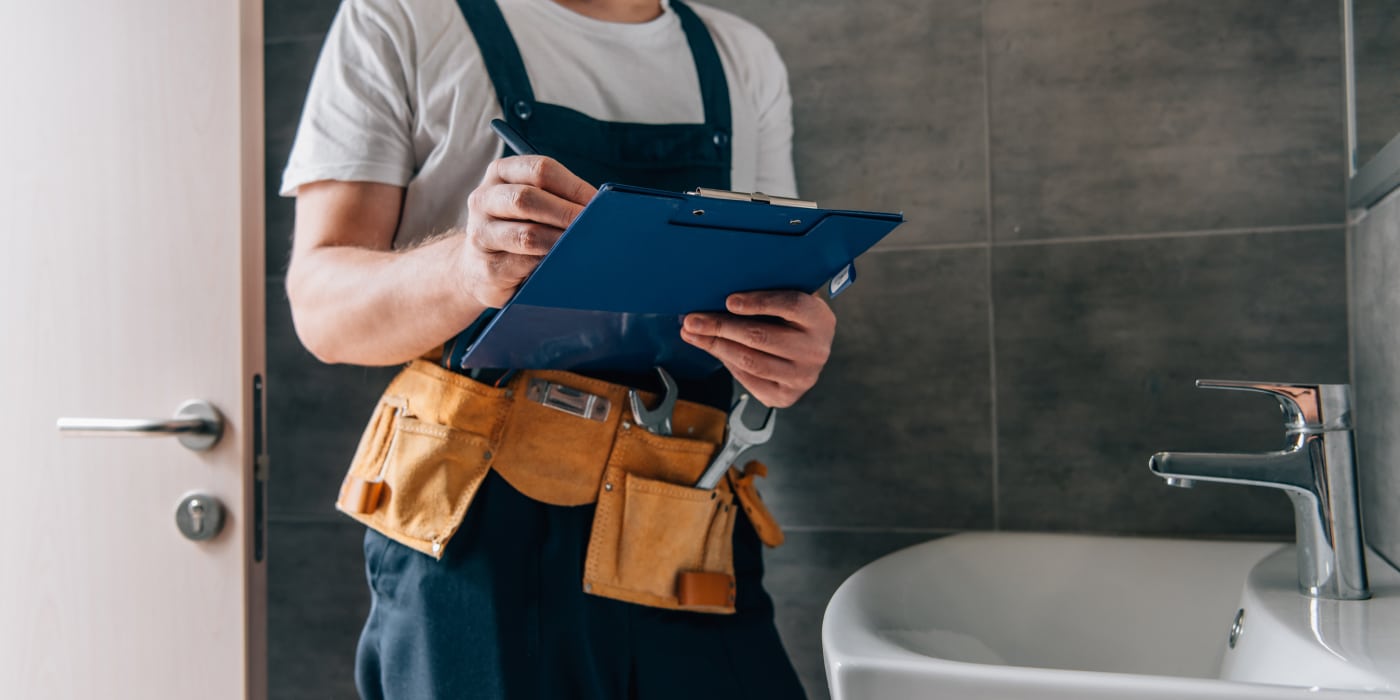Navigating Last-Mile Challenges in Big and Bulky Delivery
The last mile of delivery, often considered the most critical stage, is particularly daunting when it comes to oversized deliveries. Delivering big and bulky items, from home appliances to pieces of art or furniture, to customers’ doorsteps presents a unique set of challenges in last-mile delivery. As the demand for oversized deliveries grows, it’s essential to develop effective strategies to overcome these challenges and ensure a seamless last-mile delivery experience.
Here’s a look at some common last-mile challenges in big and bulky delivery and strategies to overcome them, ensuring customer satisfaction and efficient delivery operations.
Growing Complexity
Big and bulky deliveries often come with multiple legs in the delivery journey that can lead to extended time-windows and last-mile delays. Some stores selling large items may not have them in stock in the warehouse due to high inventory and storage costs. Items may be located at different warehouses far from the customer. Unforeseen challenges, like traffic congestion or unexpected weather, can disrupt delivery schedules, leading to frustration and inconvenience.
Retailers are increasingly modifying their fulfillment models to minimize delivery delays, increase operational efficiency, and optimize logistics operations. Lowe’s recently converted eight of its regions, covering more than half its nearly 1,800 U.S. stores, to distribution center-based fulfillment of large items. The home improvement retailer’s legacy distribution model had stores operating as nodes in the fulfillment process. Under the new delivery model, large items are shipped directly from distribution centers to the customer, reducing the number of stops in the delivery process.

Workforce Management
Some big and bulky items require installation or assembly, which can be time-consuming and challenging for customers. Often retailers offer professional assembly services to simplify and enhance the customer experience. Managing delivery drivers as well as field service personnel can be difficult especially if you are trying to do both manually. Phone calls and spreadsheets are inefficient, cumbersome, and costly. Manual workforce management processes become even more difficult as demand grows and businesses expand.
Digital platforms can help companies streamline delivery and field service processes, improve workforce efficiency, and increase workforce management capabilities to keep up with growing business needs. Managers can easily oversee the tasks and deliveries of all drivers and field service employees from one location. They can monitor, track, and update work schedules in real-time, improving productivity, collaboration, and communication.
Workforce and Logistics Coordination
Unlike smaller packages that can be dropped off at front doors, big and bulky items need scheduled deliveries. This means coordinating with customers for a suitable time. Additionally, coordination with assembly or installation services is essential to providing a quick and seamless customer experience. For example, if delivery drivers are delayed and furniture assemblers show up early, customers may be stuck in limbo all day waiting for their orders to arrive and then have to wait even longer for new furniture assemblers to arrive.
Close coordination between customers, delivery drivers, and field service personnel is time-consuming and complex without the proper tools. Ensuring the right number of personnel, equipped with the requisite skills, is available for each delivery and field task is crucial. Delivery and field service management platforms allow managers to optimize and synchronize driver and field service staff schedules. Driver and assembly service schedules are coordinated simultaneously and easily visible to managers as well as drivers and field service personnel through easy-to-use mobile applications.

Poor Communication
Lack of communication or unclear instructions can lead to missed deliveries or customer dissatisfaction. Customers expect clear communication, especially when waiting for large items. Delivery delays can lead to disgruntled customers waiting all day without any idea as to when their orders will be delivered.
Maintaining open communication with customers through real-time alerts or email notifications ensures they are well-informed about their delivery. Enabling customers to track deliveries and receive real-time status updates and ETAs can help companies meet customer expectations, minimize inconvenience, and provide the visibility customers are accustomed to.
Navigating last-mile challenges in big and bulky delivery requires innovative strategies as well as customer-centric technology solutions. Overcoming last-mile challenges not only enhances customer satisfaction but also streamlines logistics operations, fostering efficiency and growth in the ever-evolving landscape of big and bulky delivery.
For more information about how our delivery and field service management solution can help you manage, optimize, and synchronize your delivery and field service operations more efficiently, please contact info@bringoz.com.
